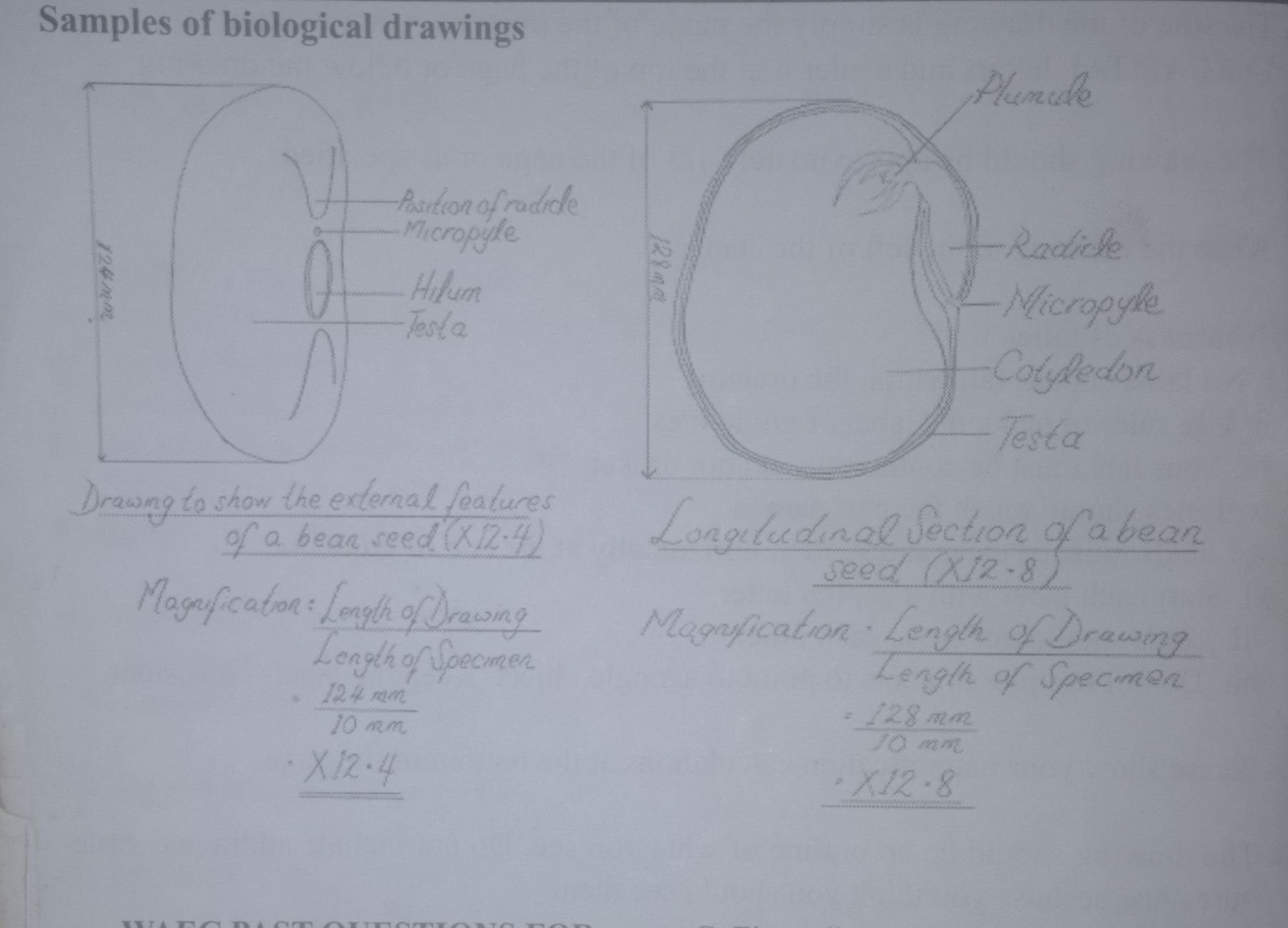1. Outline of object, guidelines, must be done in pencil. (Preferably soft lead that will not smudge.) The label, title, and magnification must be in pen.
2. Please use unlined white 8 1/2" x 11" paper or lab drawing paper.
3. The title of the drawing is simply the name of the object you are looking at. Use CAPITAL letters and center it at the top of the page or below the drawing.
4. The drawing should be approximately 1/3 of the page or as specified.
5. Keep the drawing to the left of the center.
6. Neatness of label
- No label should fall within the drawing.
- Use ruler to make the label or guidelines.
- Your line must be continuous and not broken.
- Lines should touch the part named.
- Labels must be clear and written horizontally at the end of guideline.
- Start each label with a capital letter.
- Lines should not cross each other.
- Do not use plural labels to point to a single object. Keep the labels consistent.
7. Please show your magnification calculations at the bottom of the page.
8. The drawing should be an outline of what you see.
Do not include additional structures just because you think you should see them.
9. Clarity of line
- Lines of drawing should be single, thin, and continuous.
- Lines must not be woolly and thick or broken at some points.
- Where there is a cut surface or edges, double lines should be used.
- There should be no shading of drawings.
10. When using the scientific name of an organism in places other than the title
Remember that the genus or first part of a scientific name is always capitalized. The species or second part of a scientific name starts with a small letter. For example, Canis familiaris is the genus and species name for a dog respectively.

